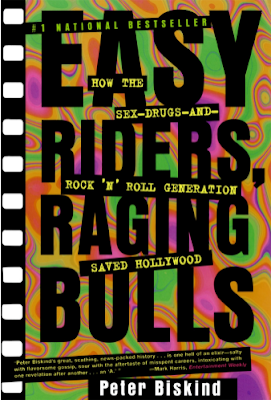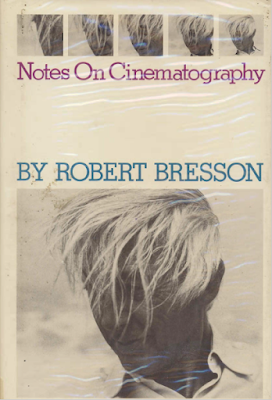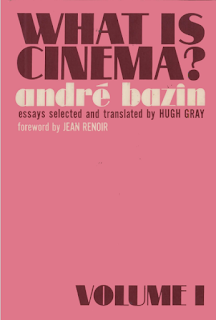"Groucho and Me", Groucho Marx

Groucho Marx was one of the great comic actors of cinema and one of the most charismatic icons and entertainers of the twentieth century, both from the showbusiness and the mediatic american life. His career was always spread by the theater, cinema, radio, television and writing, reinventing himself for new generations whenever it was necessary. With his brothers he created one of the most iconic comedy groups in the cinema, characterized by an anarchic style of humor, between slapstick made with perfect sense of timing, dialogue gags and word games, which continues to work and enchanting audiences today. Proof of that are on some of the classics from the group's catalog, such as A Night at the Opera (1935), Horse Feathers (1932) and Duck Soup (1933), which appears among the top of several lists dedicated to the best movies ever (of the comedy genre and of all cinema ever made). The Marx brothers began their artistic journey in vaudeville, leaving for the cinema shortly af









